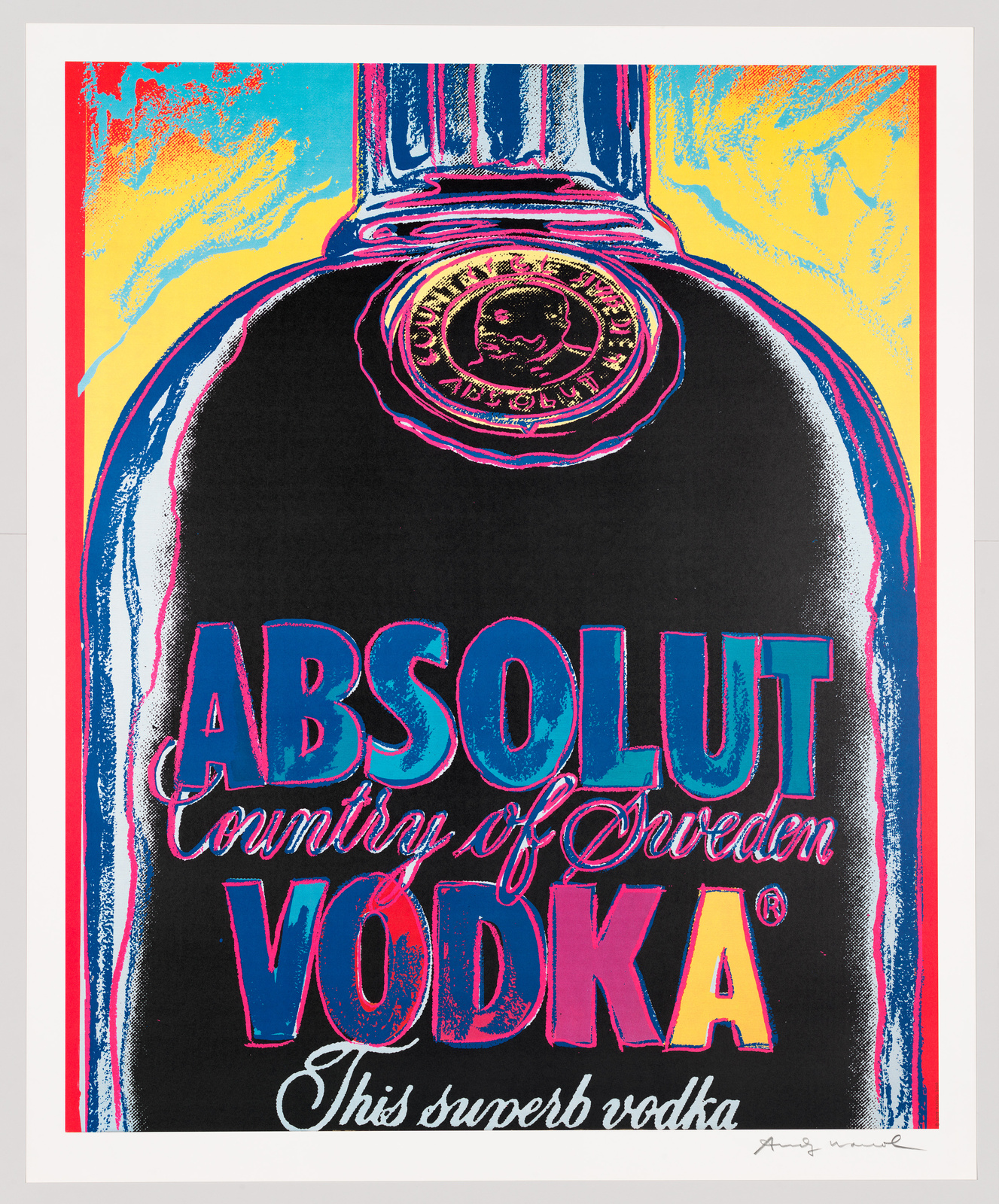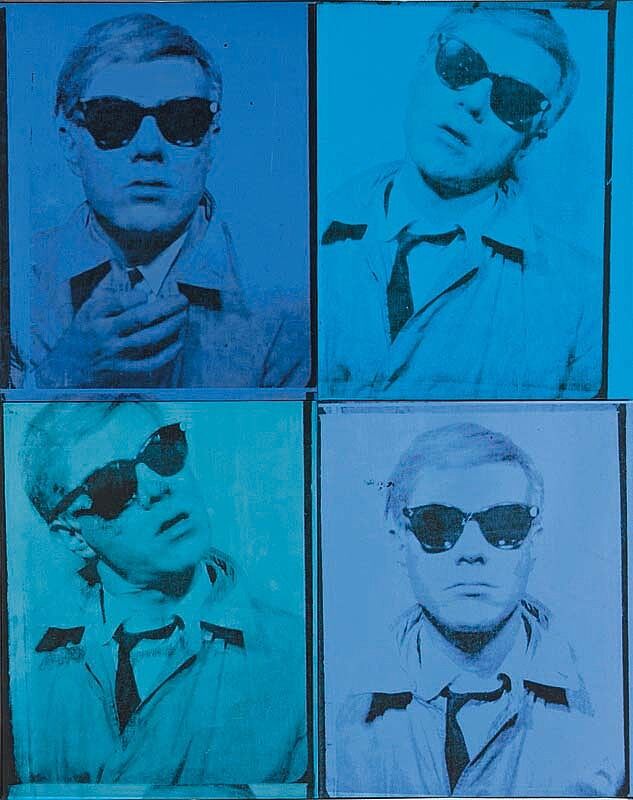Most Wanted Men, 1964
Oct 29, 2018
0:00
Most Wanted Men, 1964
0:00
Narrator: Warhol made these canvases by recycling images that he had first used in a large mural—a commission for the New York State Pavilion at the 1964 World’s Fair. Professor Richard Meyer.
Richard Meyer: He had this idea that he would do, instead of the expected Pop image, that his mural would be the Most Wanted Men. The criminals, or the alleged criminals, most wanted by the New York City Police Department.
What Warhol is doing that is so subversive here is he's saying, "This is America, too. This is New York as well. It's not just about gleaming new cars, or about inventions that we've yet to even see in the real world. It is about rules, laws that are sometimes transgressed, people who are criminal or accused of being criminal."
Narrator: The fair was supposed to communicate a utopian optimism. The organizers were horrified at Warhol’s submission, and insisted it be destroyed. As it turns out, the work also had a homoerotic subtext that they seem not to have been aware of. The book with the mugshots had come into Warhol’s possession by way of a closeted gay police officer, who was involved with one of Warhol’s male artist friends.
Richard Meyer: Part of what I think is happening in Most Wanted Men is a kind of pun. Not only that these men are wanted by the police, but that to be a most wanted man, if the wanter is also male, was itself a crime at the time. And I think that this is Warhol's very subtle way of talking about the criminalization of same-sex desire.


